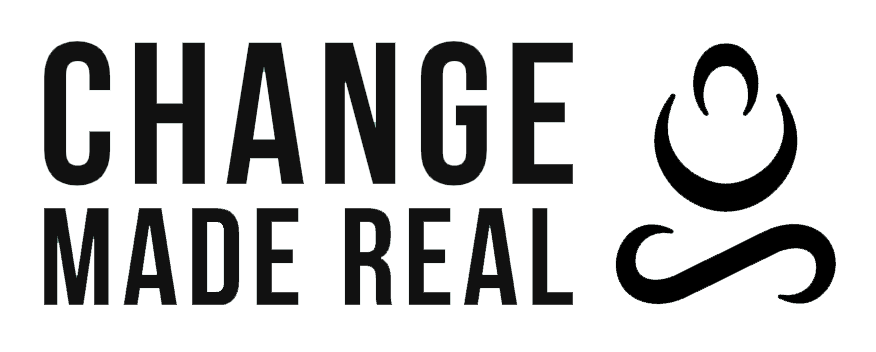27 Oct Cycling in China, an awareness game
Today I am writing about traffic in China, or, more precisely, cycling in Shenzhen.
To be fair, on that trip I only saw a few suburbs of a huge city with ‘special economic status’. This is only a tiny, tiny bit of China. So, I’ll write about cycling in Shekou, the expat suburb of Shenzhen.
From what I saw, and what other people have told me, there are rules and no-rules for the traffic there. For a start, China is a righthand driving country, like mainland Europe and the USA. Lefthand driving applies in Australia, India, UK and Hong Kong.
If you come from a lefthand driving country you need to be exceptionally alert when you cross the road when in China. It’s best to get into habit of looking both ways.
This is a great awareness exercise.
Nothing is easier for building consciousness than removing yourself from familiar surroundings and plonking yourself into a new environment.
Anyway, back to cycling. So, coming from Australia, the traffic is on the other side of the road. This also means that the brake leavers on the handle bar are reversed. Again, it is best to use both brakes at the same time. You can’t go wrong then.
Ok. Let’s assume you organised yourself a bike in Shenzhen and are fairly confident riding one. Onto the road it goes.
Now, while the traffic is generally on the right side of the roads, bikes can go anywhere, pavement and road, even against the traffic.
There are also special bike lanes on the pavements. However foot and two wheel traffic mix freely there too. This can be a bit tricky, because there are a lot of electric bikes, travelling at quite high speeds.
You don’t hear them because they are quiet. In fact, there are no motorbikes running on petrol in Shenzhen. They are all battery powered, which has a very positive impact onto the air in Shenzhen, but that is another story.
Back to cycling. You can go anywhere with it, as long as you stay alert. Crossing roads, intersections and roundabouts need special attention, as everybody else can go anywhere at any time too – and generally do.
Queueing is not practiced by the Chinese – it’s not even a concept .
Cars and buses stop at red lights. That’s it.
For the rest it is a question of who is faster.
Right of way doesn’t work. So, if you’re on a roundabout and a bus approaches, you’d better wait for it to pass. Or, if you have a green light to cross an intersection, and there is a car to the left of you wanting to go right, you better let it go too.
Often it is easier to cross with the foot traffic, although even there you have to watch out for approaching cars and bikes.
Amazingly though, the traffic flows well. If you can let yourself merge into it with alertness, you’ll be fine.
Another thing too helps. Watch how other people do it – and imitate. That’s how children learn, don’t they?
Now, I would like to invite you to place yourself into unfamiliar environment and watch yourself how you deal with it.
Does your alertness and awareness get heightened?
If so. Well done!
Too scary? I can help you find the courage.
Preeti

